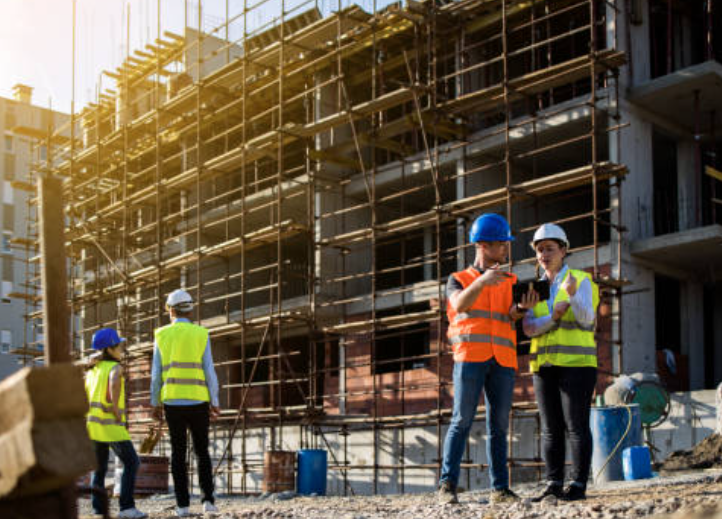
Posted on Wednesday, October 9, 2024
Roll forming is a versatile manufacturing process that has significantly impacted the construction industry, extending far beyond traditional applications like roofing and decking. This method of creating metal profiles through continuous bending has opened up numerous possibilities for producing essential building components. Here, we explore various applications of roll forming in construction, focusing on its role in creating steel framing, wall panels, and siding solutions for both residential and commercial buildings.
Steel framing is gaining popularity as a lightweight yet strong alternative to traditional wood framing. Roll forming machines are instrumental in producing steel studs, tracks, and braces that form the structural skeleton of buildings. The precision of roll forming allows for uniform dimensions and enhanced strength, ensuring that the frames can withstand various environmental factors while providing structural integrity. The flexibility in design also means that manufacturers can create custom profiles tailored to specific project requirements, making steel framing a go-to solution for modern construction.
The demand for high-performance wall panels is on the rise, driven by the need for energy efficiency and durability in buildings. Roll forming technology enables the production of insulated metal panels, which consist of an insulating core sandwiched between two layers of metal. These panels provide excellent thermal insulation, reduce energy costs, and contribute to faster construction times. Additionally, roll-formed wall panels can be manufactured in various designs and finishes, allowing architects and builders to achieve aesthetic goals without sacrificing functionality.
Roll forming is also making waves in the siding industry. Metal siding is favored for its durability, low maintenance, and resistance to pests and rot. Roll forming machines produce various siding profiles, including vertical and horizontal panels, which can be customized in terms of color, texture, and finish. This adaptability allows builders to meet diverse architectural styles while ensuring that the siding provides reliable protection against the elements.
One of the greatest advantages of roll forming is its ability to create custom profiles for specialized applications. Whether it's creating unique architectural features or specific component requirements for building systems, roll forming can accommodate a wide range of designs. Manufacturers can work closely with contractors and architects to develop profiles that meet precise specifications, enhancing both the functionality and aesthetic appeal of construction projects.
As sustainability becomes increasingly important in construction, roll forming offers a path toward more environmentally friendly practices. Metal materials used in roll forming are often recyclable, and the precision of the process minimizes waste. Additionally, the lightweight nature of roll-formed components reduces the overall weight of buildings, leading to lower transportation costs and a smaller carbon footprint during construction.
Roll forming is revolutionizing the construction industry by providing innovative solutions beyond roofing and decking. Its applications in steel framing, wall panels, and siding solutions demonstrate the versatility and efficiency of this manufacturing process. As the demand for durable, sustainable, and customizable building materials continues to grow, roll forming will remain at the forefront of construction technology, shaping the future of residential and commercial buildings alike.

Understanding Coil IDs, Mandrel Sizing, and Shear Pin Safety in Uncoilers
Posted on Wednesday, October 1, 2025
Mismatched sizes can lead to machine damage, downtime, and safety hazards — often evidenced by a shear pin failure.

How Coil Tensile Strength Affects Roll Forming and How to Adjust Your Machine
Posted on Wednesday, October 1, 2025
Changes in tensile strength can significantly affect the finished profile, causing misaligned bends, uneven edges, and out-of-spec parts.

Why Paint Cracks on an Embossing Line Running Pre-Painted Coil and How to Prevent It
Posted on Wednesday, October 1, 2025
This issue not only affects the visual quality of the product but can also lead to increased scrap rates and customer complaints.

The Most Popular Standing Seam Metal Roof Panels in the U.S. — A Comprehensive Guide
Posted on Monday, September 29, 2025
In this post, we’ll explore what panel styles and sizes are most popular in the U.S